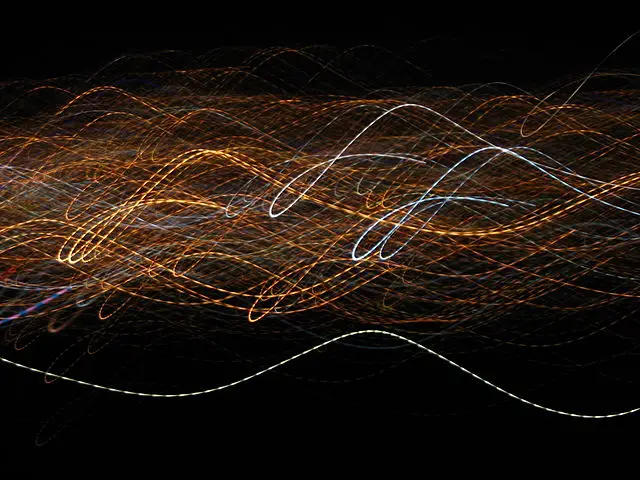What happens to reactive power in an AC circuit that has both ideal inductors and ideal capacitors? [E5D09]
A. It is dissipated as heat in the circuit
B. It is repeatedly exchanged between the associated magnetic and electric fields, but is not dissipated
C. It is dissipated as kinetic energy in the circuit
D. It is dissipated in the formation of inductive and capacitive fields
First, recall the definition of reactive power. Reactive power is mathematically there, but doesn’t really “exist.” It arises from the complex or “imaginary” components of reactance that arise in a circuit with inductors and/or capacitors exposed to alternating current.
In an ideal circuit, that is one where the capacitors and inductors don’t have any resistive components, the power B. is repeatedly exchanged between the associated magnetic and electric fields, but is not dissipated. Of course there are always resistive physical elements at play, and this power gets bled off in the form of heat, since a portion manifests as real or non-reactive power.
Since it does exist in mathematical terms, reactive power from one circuit can affect and interact with the reactive power in another circuit, such as how power grids interact.
Here’s a more in depth explanation of True, Reactive, and apparent power: http://www.allaboutcircuits.com/textbook/alternating-current/chpt-11/true-reactive-and-apparent-power/

